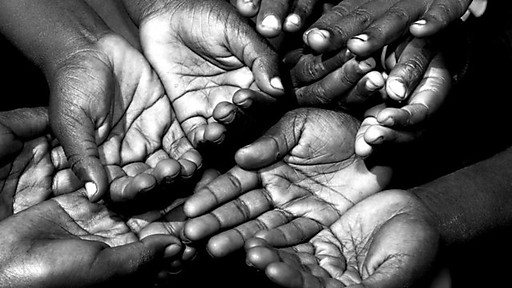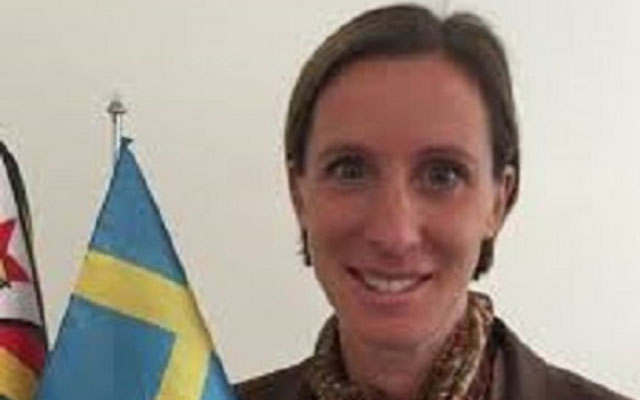Disability, child poverty in Zim: Why it matters

Tapiwanashe Hoto Our Children , Our Future
The UN Convention on the Rights of the Child (UNCRC) recognises that children with disabilities (CwDs) have the same rights as any other child, with dreams and desires to fulfil.
Zimbabwe is a State Party to the CRC and the UN Convention on the Rights of Persons with Disabilities (UNCRPD), providing a powerful impetus to ensure no child is left behind. Yet, CwDs continue to experience multi-dimensional deprivations in sanitation, education, nutrition, etc and suffer worse income poverty than any other vulnerable group, and have to put up with disability exclusion barriers in the form of neglect, stigmatisation driven by our social norms and culture.
Child poverty (multi-dimensional and monetary) is both a cause and a consequence of disability. Correlates of child poverty such as inadequate health care significantly contribute to the incidence and impact of childhood disability. By the same index, many risk factors (e.g. malnutrition) triggering onset of childhood impairments are essentially preventable, thus proffering the opportunity to reduce both disability and child poverty.
Inversely, disability can result in child poverty where CwDs are deprived of access to basic services setting them on a platform of limited opportunities for human capital formation.
The presence of a parent with a disability in the family increases the risk of child poverty even further. Explicit targeting of disability and child poverty thus remains a priority.
In the first ever World Report on Disability (2011), an estimated 15 percent (1 billion persons) in the world experience disability. The majority of these (around 80 percent) live in developing nations, often without the optimum support that could improve their lives. Zimbabwe is no exception!
In a national survey, Living Conditions among Persons with Disabilities (2013-14), disability prevalence in Zimbabwe is estimated to be 7 percent, amounting to over 900 000 people based on the total Zimbabwe population of around 13 million in 2012. A large proportion of individuals with disability acquire their disability as children. Cumulatively, circa 53,5 percent of the people living with disability population became disabled before 20 years of age with around 27,1 percent and 9,3 percent acquiring disability from birth and between the ages of 1-5 years correspondingly.
CwDs are often affected to varying degrees depending on factors such as type of disability, where they live and gender. For instance, rural children with disability in Zimbabwe are 1,9 times higher likely to report disability as the reason for not attending school than their urban counterparts. The survey results show that in Zimbabwe CwDs are worse off on a variety of social indicators with greater risk of experiencing less access to basic services. For example, around 52 percent of persons with disability reported not receiving the required medical rehabilitation.
Families of CwDs face specific challenges, which taken together, increase their children’s exposure to the effect of the bi-directional relationship between disability and child poverty. These challenges include: substantial extra and recurring costs of care for CwDs; barriers to entering and sustaining employment (the income penalty) resulting from inability to work because of care responsibilities and; family disintegration; and overall knowledge, attitudes and practices by Zimbabwe society.
As Zimbabweans, we need to remind ourselves that a child is not disabled because they cannot walk, hear, see or has albinism; they are disabled by a society that excludes them. It is important for us all to focus on a child’s abilities and potential instead of what they cannot do! Concentrating on the abilities and potential of children with disabilities would create benefits for society as a whole.
Available data should be used to inform design of responses that will: integrate reduction of disability and child poverty through providing quality and accessible services for CwDs – particularly in areas such as nutrition, education and health; remove financial barriers that prevent CwDs from accessing services and; reduce preventable childhood disability through affordable At Risk Surveillance System that detect and facilitate rehabilitation of early childhood disability symptoms among poor people.
Although potential solutions to the twin-relationship of disability and child poverty carry front-loaded costs, there will be a range of costs to the Government and stakeholders in not acting to tackle this relationship in addition to the costs to children and families.
One such cost will be the difficulty to reach the 2030 Agenda on SDGs in which disability is a core principle. Carefully selected and integrated responses would avert the impact of disability and child poverty and help improve the life chances of CwDs, who remain a marginalised group in society. In the end, disability and child poverty is a problem with a solution!
- Tapiwanashe Hoto, Social Services Advisor, UNICEF Zimbabwe










Comments